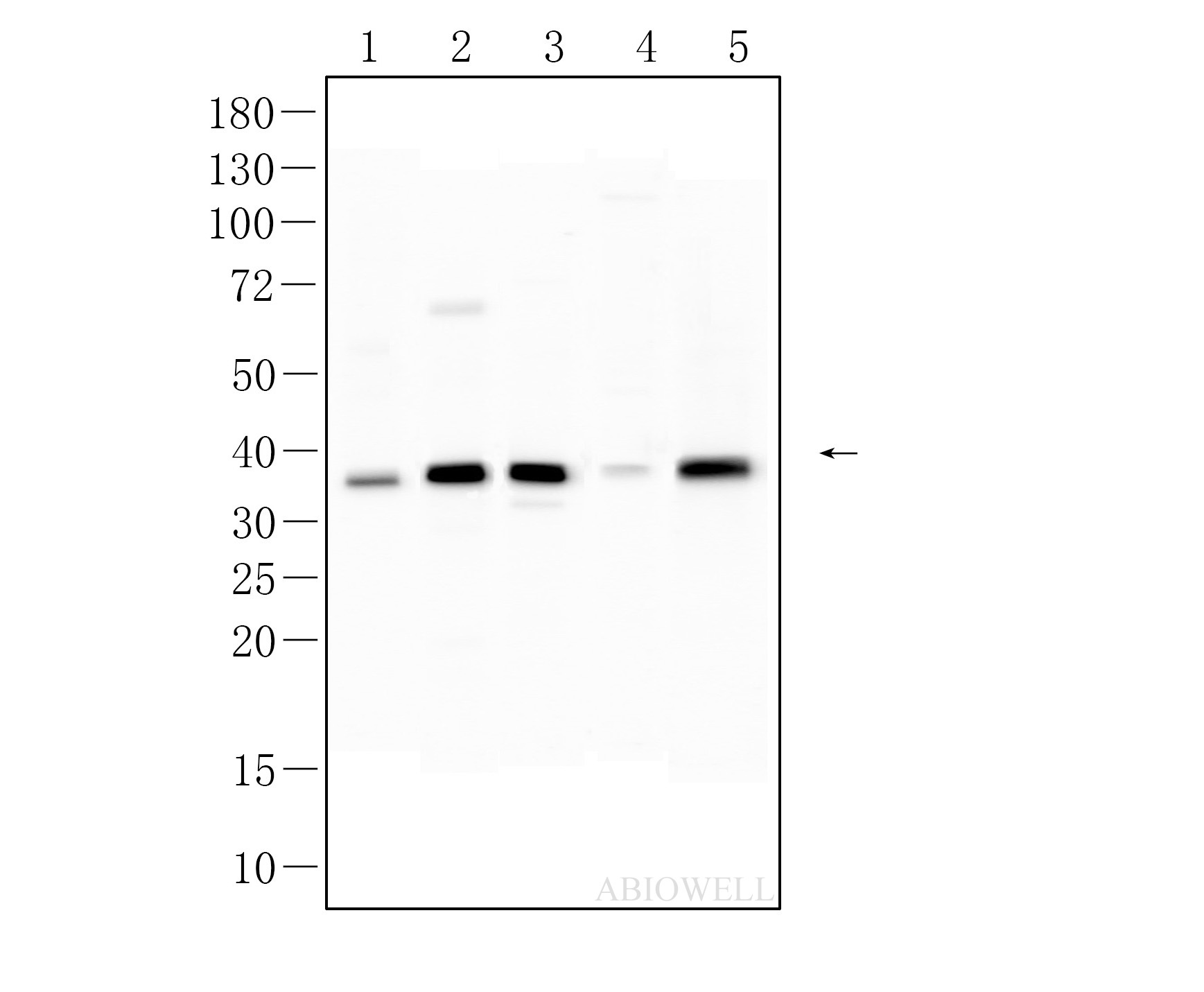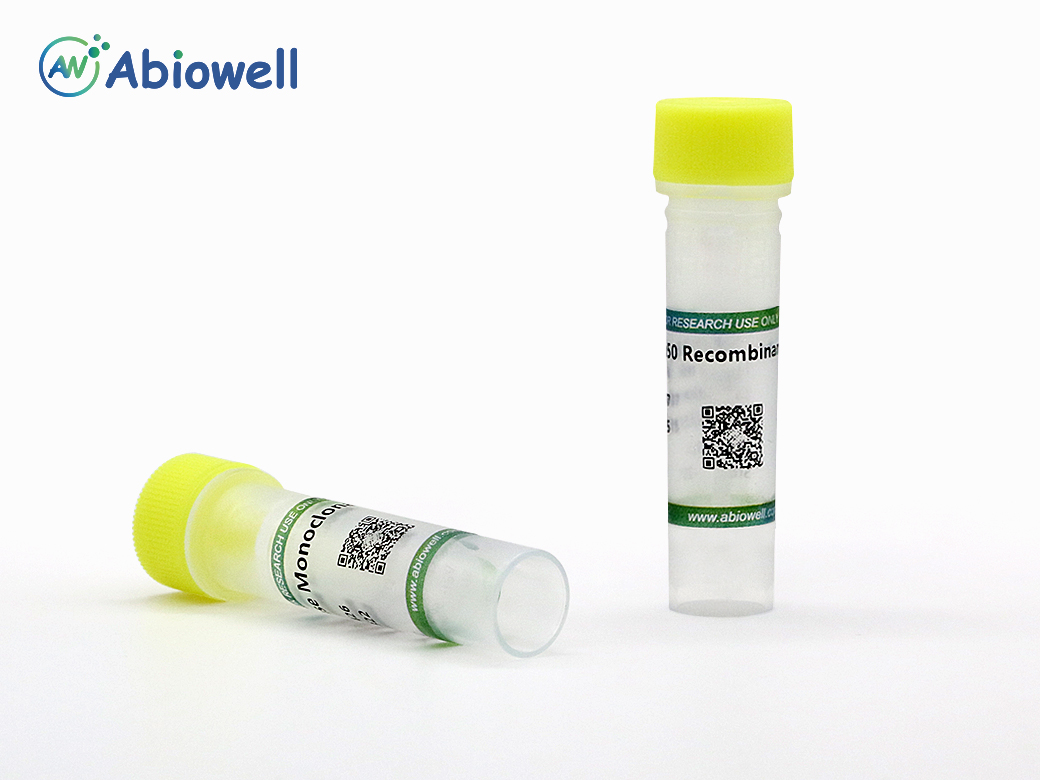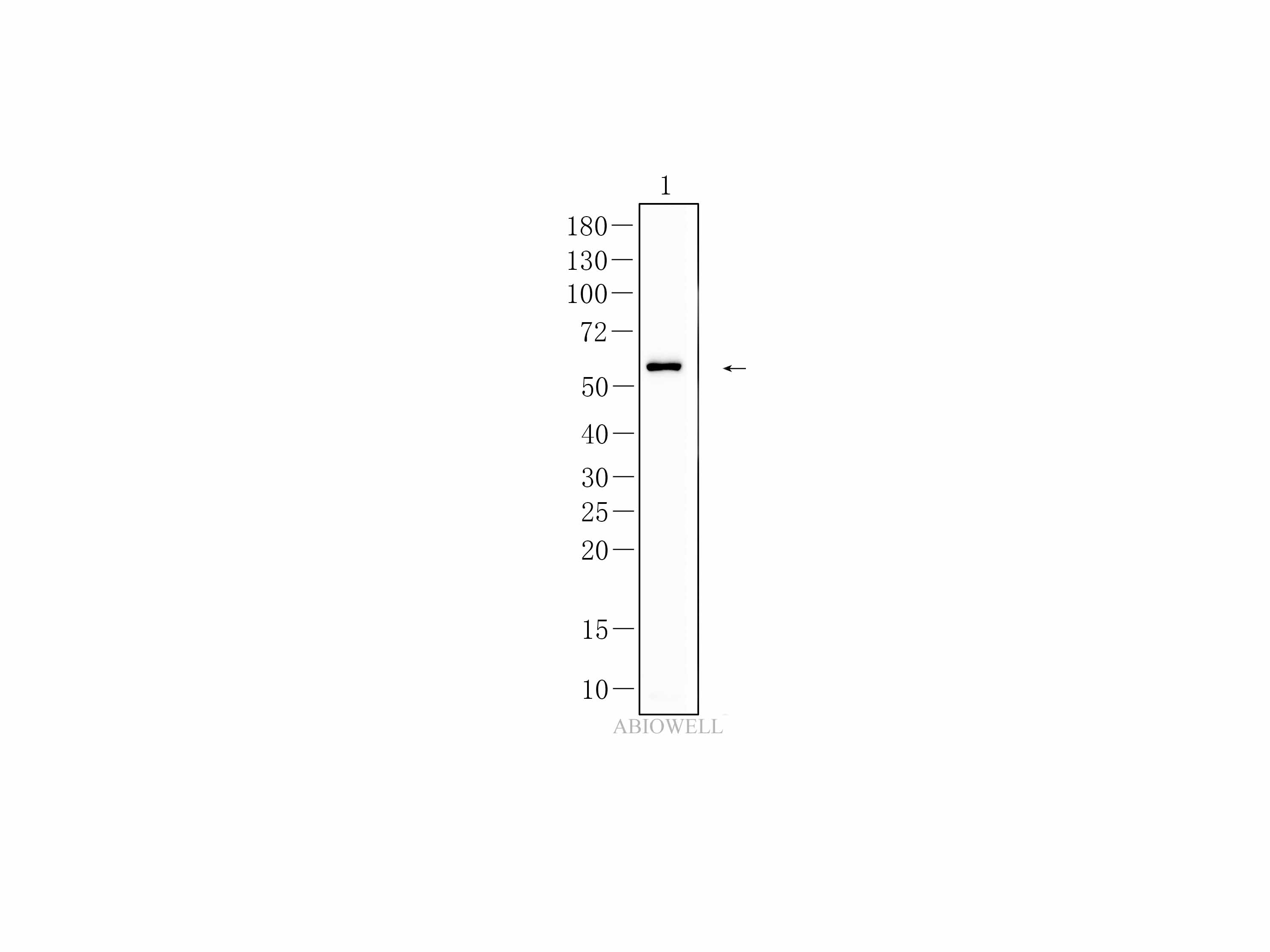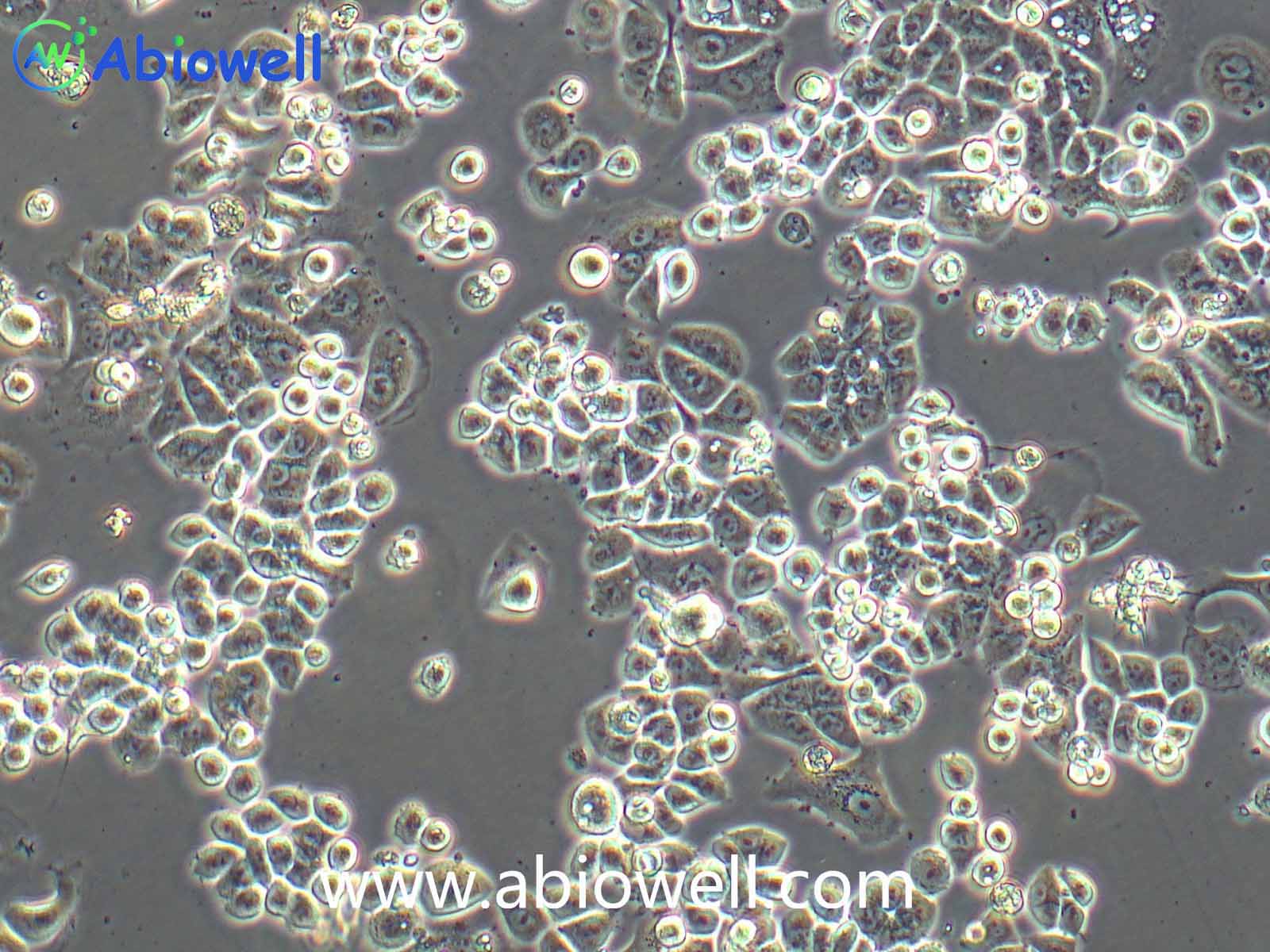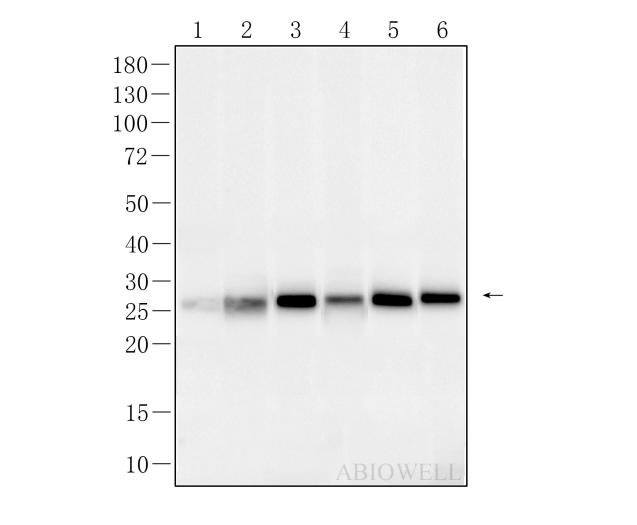ZO-1 Rabbit Polyclonal Antibody
-
-
- 20μL
- ¥620
- 1-3个工作日
-
- 50μL
- ¥1250
- 1-3个工作日
-
- 100μL
- ¥2200
- 1-3个工作日
Product Details | Host Species: Rabbit | Reactivity: Human,Rat | Molecular Wt: 195 kDa | |
Clonality: Polyclonal | Isotype: IgG | Concentration: 1mg/ml | ||
Other Names: Tight junction protein 1; Tight junction protein ZO 1; TJP1; ZO 1; ZO1; ZO-1; Zona occludens protein 1; Zonula occludens protein 1 | ||||
Formulation: Liquid in PBS containing 50% glycerol, 0.5% BSA and 0.02% sodium azide. | ||||
Purification: Affinity-chromatography | ||||
Storage: Store at -20°C. Stable for one year after shipment. Aliquoting is unnecessary for -20°C storage. | ||||
Applications | WB 1:500-1:2000 | |||
Immunogen Information | Gene Name: TJP1 | Protein Name: Tight junction protein ZO-1 | ||
Gene ID: 7082 (Human) | SwissPro: Q07157 (Human) | |||
Subcellular Location: Cell membrane. Cell junction, tight junction. Cell junction. Cell junction, gap junction. Cell projection, podosome. | ||||
Immunogen: Synthetic peptide of human ZO-1. | ||||
Specificity: ZO-1 Polyclonal Antibody detects endogenous levels of ZO-1 protein. | ||||
| Product images | |
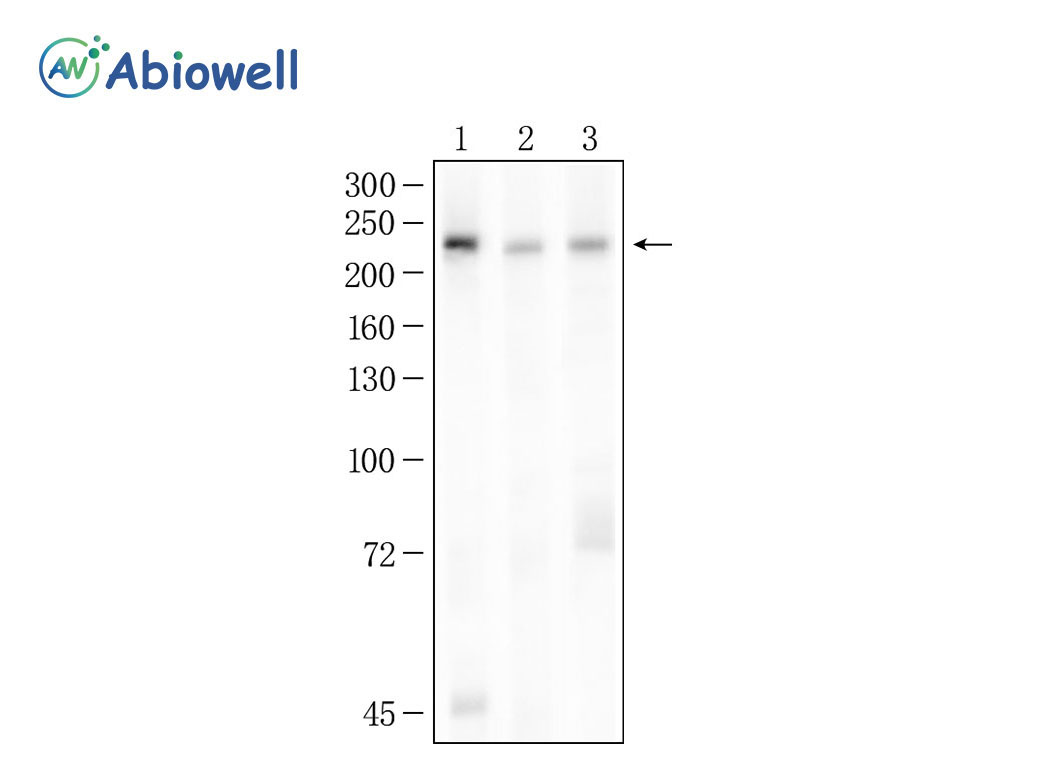
|
Fig : Western blot analysis of ZO-1 on different lysates. Proteins were transferred to a NC membrane and blocked with 5% NF-Milk in TBST for 1 hour at room temperature. The primary antibody (AWA59001, 1/1000) was used in TBST at room temperature for 2 hours. Goat Anti-Rabbit IgG - HRP Secondary Antibody (AWS0002) at 1:5,000 dilution was used for 1 hour at room temperature. Positive control: Lane 1: A549 cell Lane 2: K562 cell Lane 3: LN229 celll Predicted molecular weight:195 kDa Observed molecular weight:230 kDa Exposure time:45 seconds |
-
-
- 20μL
- ¥620
- 1-3个工作日
-
- 50μL
- ¥1250
- 1-3个工作日
-
- 100μL
- ¥2200
- 1-3个工作日
-
相关产品
-
Cdk6 Recombinant Rabbit Monoclonal Antibody
GAPDH Rabbit Polyclonal Antibody
GFAP Recombinant Mouse Monoclonal Antibody
Ki67 Rabbit Monoclonal Antibody
HMGB1 Recombinant Rabbit Monoclonal Antibody
SQSTM1/p62 Mouse Monoclonal Antibody
Bcl-2 Recombinant Rabbit Monoclonal Antibody
SOD2 Rabbit Polyclonal Antibody

